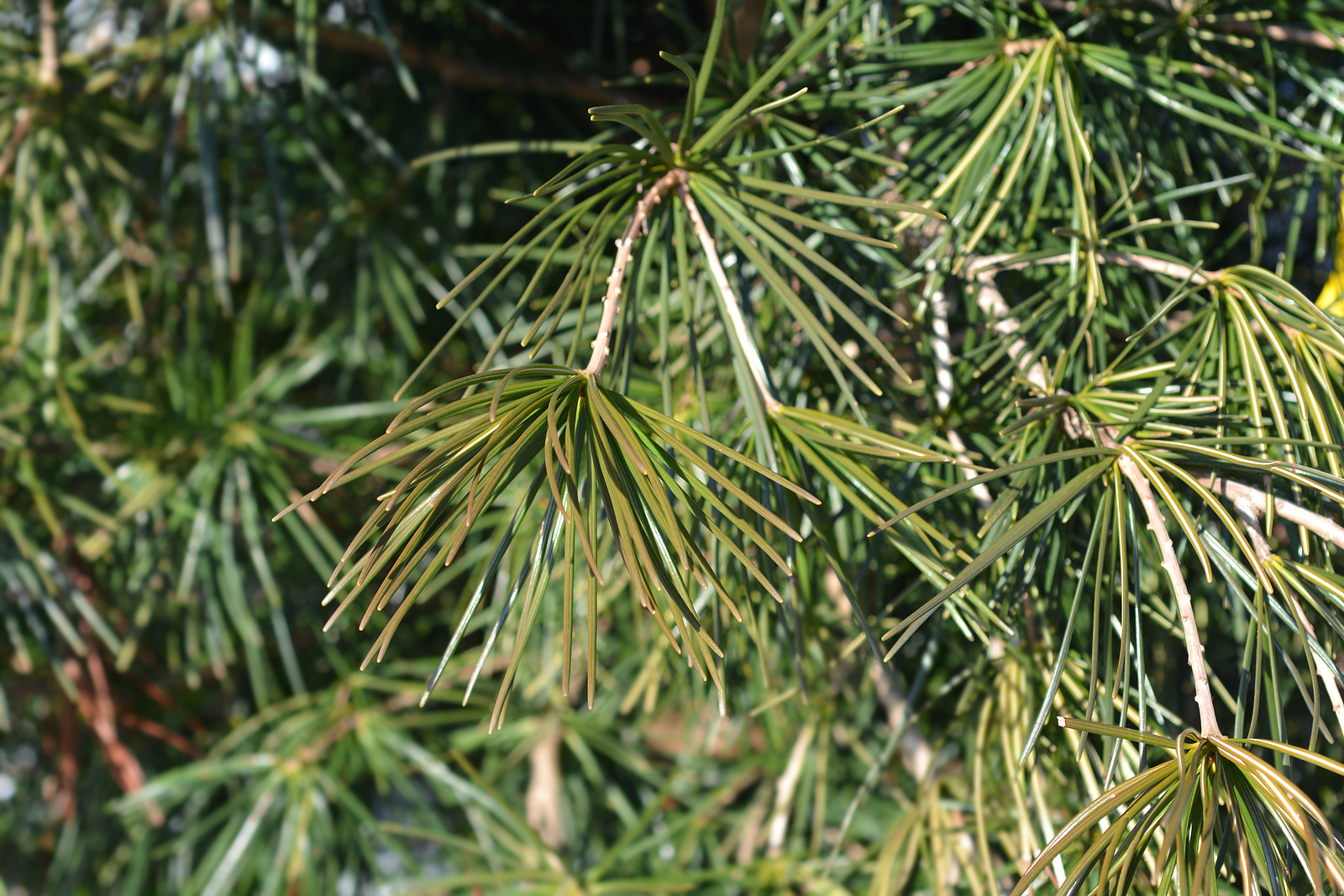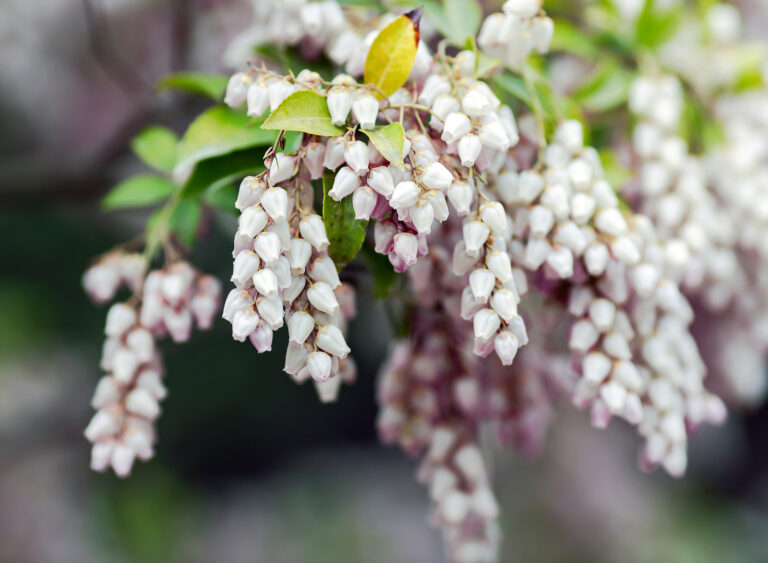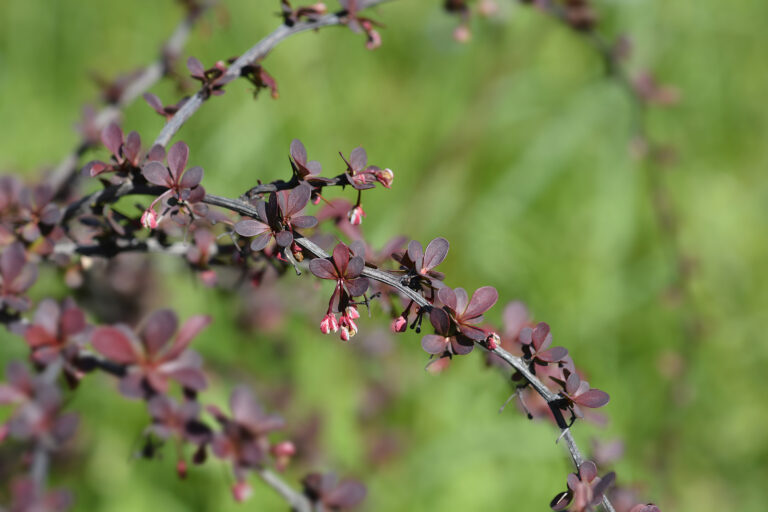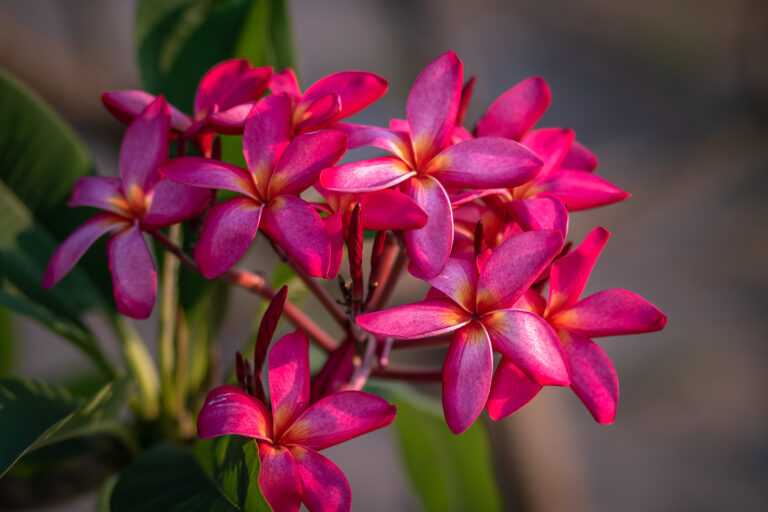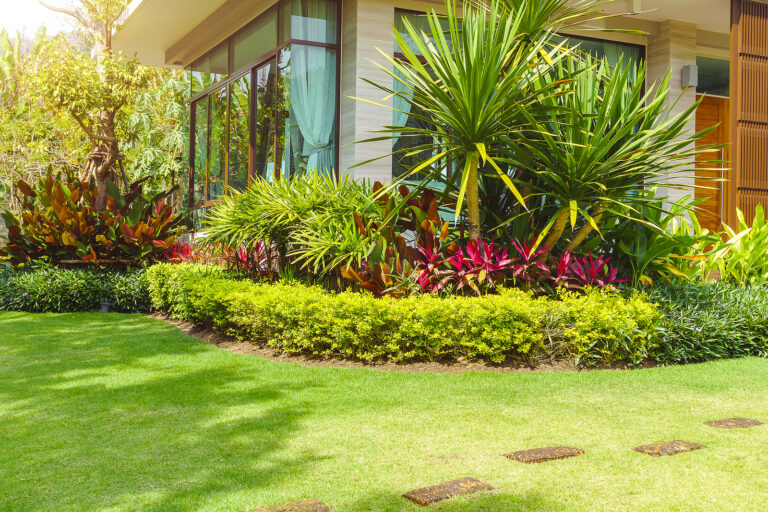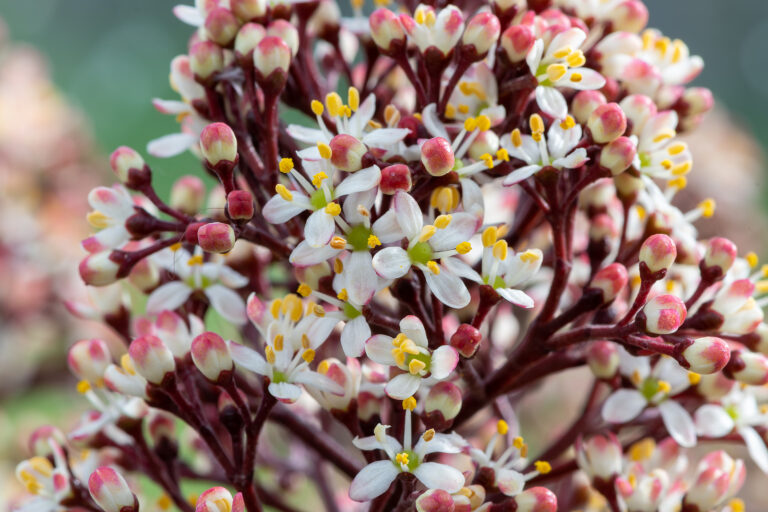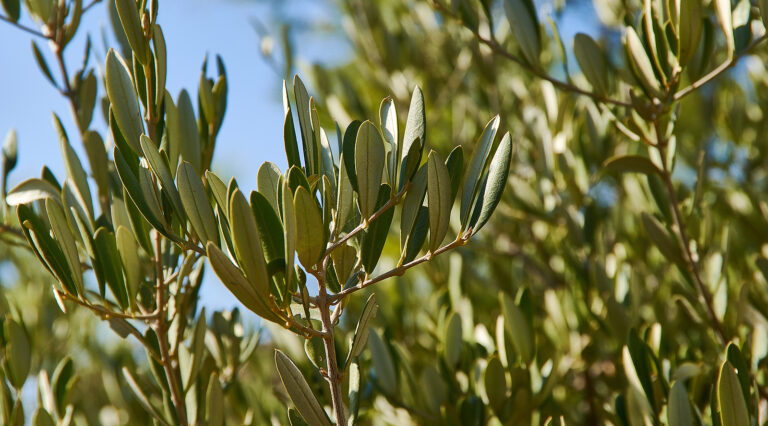How to Grow Sciadopitys – Japanese Umbrella Pine
Sciadopitys, commonly known as the Japanese umbrella pine, is a unique and ancient conifer species that has survived since the Mesozoic era. Its scientific name, Sciadopitys verticillata, refers to its distinctive “whorled” needles that resemble the spokes of an umbrella, giving the tree an unmistakable aesthetic. Native to Japan, Sciadopitys is beloved for its striking, dark green foliage, its lush texture, and slow growth habit, which makes it a highly valued specimen in garden settings worldwide.
The Japanese umbrella pine typically grows to about 20-30 feet tall in garden settings, although it can reach 50-100 feet in its native habitat. Its narrow, conical form and dense, glossy green needles make it a visual highlight in many landscapes. Known for its slow growth rate (only 6-12 inches per year), it’s a long-term investment in the garden, and its durability and resilience add to its appeal.
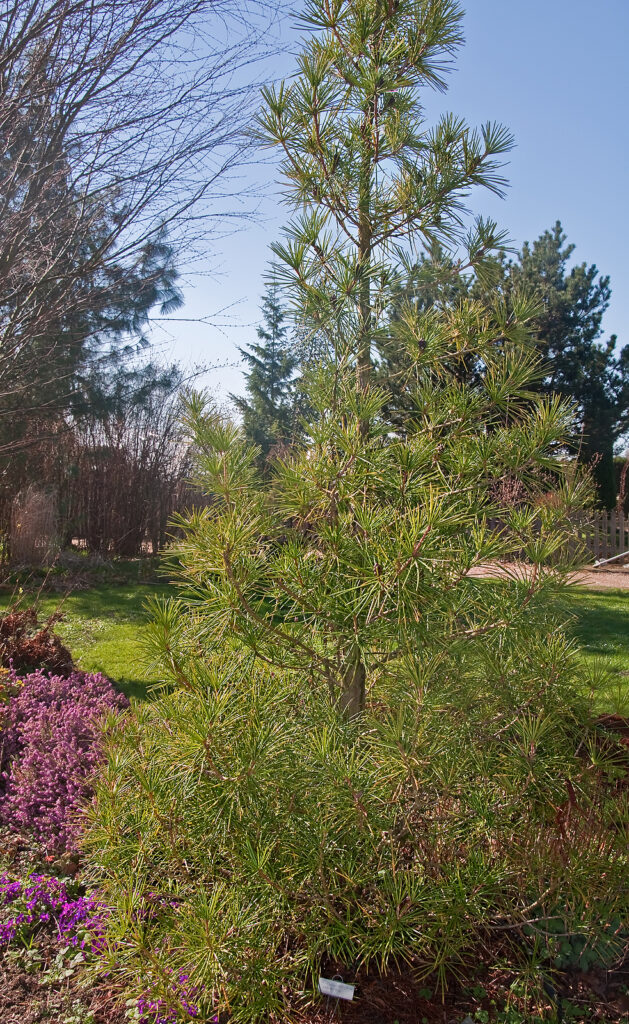
Where to Plant Sciadopitys
The Japanese umbrella pine thrives in certain conditions, and selecting the right location in your garden is essential for its health and longevity:
- Sunlight: Sciadopitys prefers full sun to partial shade. It benefits from at least 4-6 hours of sunlight daily but tolerates partial shade, especially in warmer climates.
- Soil: This tree grows best in rich, slightly acidic, and well-draining soil. An ideal pH range is 5.0 to 6.5. It tolerates loamy, sandy, or clay soil as long as drainage is adequate.
- Moisture: Sciadopitys prefers consistently moist soil but should not sit in waterlogged conditions, which can lead to root rot.
When to Plant Sciadopitys
Plant Sciadopitys in early spring or fall, when temperatures are mild, allowing the roots to establish without the stress of extreme heat or cold.
How to Plant Sciadopitys Step-by-Step
- Prepare the Site: Choose a location with adequate sunlight and well-draining soil. Clear any grass or weeds from the planting area and dig a hole that is about twice the width of the tree’s root ball and slightly shallower than its depth.
- Amend Soil: Mix in organic compost to enrich the soil and improve moisture retention. If your soil is heavy clay, consider adding sand or perlite to improve drainage.
- Position the Tree: Place the tree in the center of the hole. The top of the root ball should sit slightly above ground level to allow for proper drainage.
- Backfill: Refill the hole with the amended soil, pressing down gently to eliminate air pockets around the roots.
- Water and Mulch: Water the tree thoroughly after planting to settle the soil. Then apply a 2-3 inch layer of organic mulch around the base of the tree, keeping it a few inches away from the trunk. Mulch helps retain moisture, regulate soil temperature, and suppress weeds.
Sciadopitys Care Guide
Watering
Consistent moisture is essential for a healthy Sciadopitys, especially when young.
- Young Trees: Water deeply once a week, ensuring that the water reaches the roots. Adjust based on rainfall and temperatures; the soil should be moist but not soggy.
- Established Trees: Once established, Sciadopitys is relatively drought-tolerant but benefits from occasional deep watering, particularly during dry spells. Deep watering encourages deeper root growth and keeps the tree resilient.
Fertilizing
Umbrella pines are not heavy feeders, but they benefit from light fertilization to encourage healthy foliage.
- Application: Apply a balanced, slow-release fertilizer (10-10-10) once in early spring. Avoid high-nitrogen fertilizers, as they can cause weak, leggy growth.
- Timing: Fertilize once a year in early spring, or as recommended by the product, to support new growth.
Pruning
Sciadopitys has a naturally graceful, symmetrical form and generally requires little pruning. However, light maintenance can help it maintain its shape and remove any dead or damaged branches.
- Timing: Prune in late winter or early spring before new growth begins.
- Technique: Remove dead, diseased, or damaged branches first, then shape lightly as desired. Avoid heavy pruning, as this can disrupt the tree’s natural growth habit.
Pest and Disease Management
Sciadopitys is relatively free from serious pests and diseases, though a few potential issues may occasionally occur:
- Spider Mites: In dry conditions, spider mites can sometimes infest Sciadopitys, causing needle discoloration. Increase humidity around the tree or use insecticidal soap if needed.
- Root Rot: Avoid overwatering, especially in poorly drained soils, as Sciadopitys is sensitive to root rot. Good drainage and consistent, moderate watering help prevent this issue.
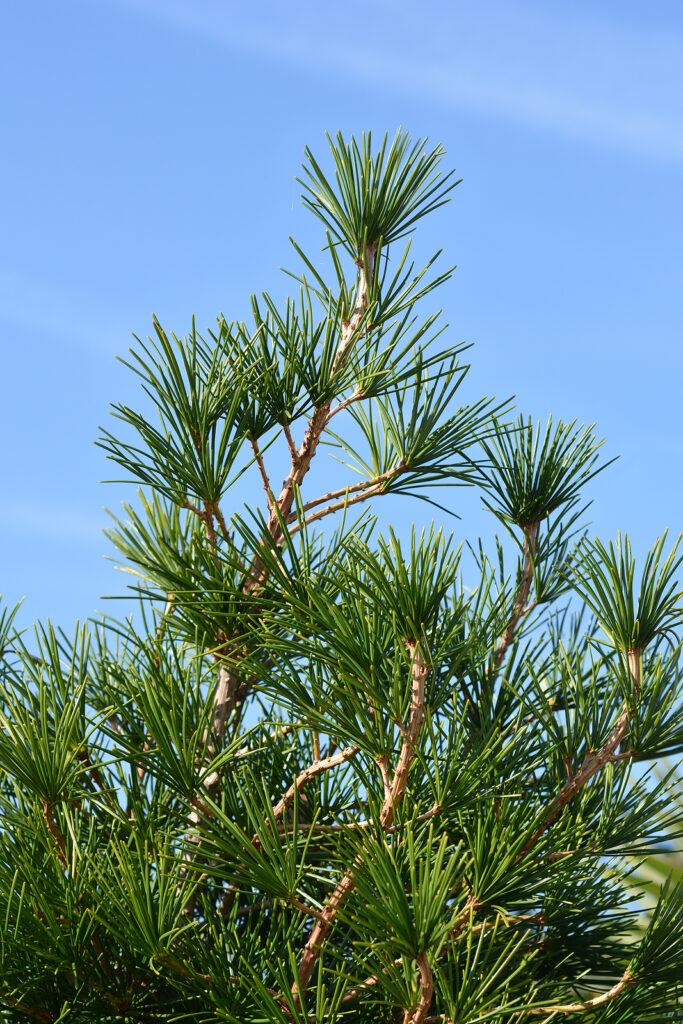
Propagation of Sciadopitys
Sciadopitys is typically propagated from seeds, though this process can be slow.
Seed Propagation Step-by-Step
- Collect Seeds: Gather mature cones in the fall and extract the seeds. They may benefit from a cold stratification period to improve germination rates.
- Stratify the Seeds: Place seeds in moist sand in the refrigerator for about 2-3 months.
- Sow: After stratification, sow the seeds in pots filled with a well-draining potting mix. Keep the soil consistently moist and place pots in a warm, bright location.
Alternatively, purchase young Sciadopitys trees from a nursery for faster establishment.
Using Sciadopitys in Garden Design
Sciadopitys brings a unique aesthetic that can enhance various garden styles, from traditional to contemporary. Here are some ideas on how to use this tree in the landscape:
Specimen Tree
With its striking foliage and distinct form, Sciadopitys works well as a specimen tree in large lawns or focal points in mixed borders. Its unique, umbrella-like foliage draws attention and creates an instant focal point, especially in winter gardens.
Japanese and Zen Gardens
Due to its Japanese origin and graceful form, Sciadopitys fits beautifully into Japanese and Zen garden designs. Plant it near water features, gravel areas, or ornamental rocks to create a peaceful, balanced atmosphere.
Woodland and Shade Gardens
Sciadopitys’s dense, evergreen foliage provides structure and depth in a woodland setting. It pairs well with deciduous trees and shade-loving shrubs like azaleas, rhododendrons, and ferns, which complement its lush, deep green color.
Mixed Borders and Foundation Plantings
In larger landscapes, Sciadopitys can be integrated into mixed borders with other evergreens and flowering shrubs, creating year-round interest. Plant it near foundations to anchor taller structures, but ensure adequate space for root and crown expansion.
Container Gardening
While Sciadopitys can be slow-growing, smaller cultivars can adapt to large containers. This approach allows gardeners with limited space to enjoy its unique form and texture, especially on patios or terraces. Ensure good drainage and consistent moisture when growing in containers.
Sciadopitys Seasonal Interest and Year-Round Appeal
Sciadopitys is a fantastic choice for year-round interest in the garden. Its evergreen foliage provides a constant backdrop for seasonal flowers and foliage, while its rich, deep green color and unique texture add depth and contrast in winter landscapes.
- Spring and Summer: New growth is vibrant, complementing the lush green of established needles and adding a fresh look to the garden.
- Fall: Sciadopitys’s foliage maintains its dark green color, contrasting beautifully with autumnal shades of surrounding deciduous trees.
- Winter: The tree’s evergreen foliage and symmetrical form bring structure and interest to otherwise barren winter landscapes.
Benefits of Using Sciadopitys in the Garden
Sciadopitys offers several distinct advantages, making it a valuable addition to garden designs:
- Unique Aesthetic: The umbrella pine’s unusual foliage and form add visual interest and texture, setting it apart from other evergreens.
- Slow Growth: With its slow growth rate, Sciadopitys requires minimal maintenance and pruning, making it ideal for low-maintenance gardens.
- Resilience: Sciadopitys is tolerant of cold weather, pollution, and varying soil types, making it versatile for urban and rural gardens alike.
- Wildlife Habitat: Dense foliage provides shelter for birds and small animals, contributing to the biodiversity of your garden.
Challenges and Considerations
While Sciadopitys is relatively low-maintenance, there are a few challenges to consider:
- Slow Growth Rate: Sciadopitys’s slow growth may not provide immediate coverage or screening, so patience is necessary.
- Sensitive Roots: The umbrella pine has delicate roots that don’t respond well to transplanting or soil compaction. Plan carefully to avoid the need to move it once planted.
- Water Needs: Though it’s moderately drought-tolerant once established, Sciadopitys still requires consistent moisture, especially in hot or dry climates.
Sceadopitys Recommended Cultivars
There are several cultivars of Sciadopitys suited to various garden applications:
- ‘Wintergreen’: Known for retaining its rich green color even in winter, making it ideal for year-round interest.
- ‘Joe Kozey’: A narrower cultivar with a denser growth habit, suitable for smaller spaces.
- ‘Gold Strike’: A variegated variety with golden-yellow needle tips, adding a touch of color contrast to the traditional green foliage.
In conclusion, Sciadopitys (Japanese umbrella pine) is an exceptional garden specimen with an ancient lineage, unique form, and timeless appeal. Whether as a striking specimen, a complement to Japanese gardens, or a resilient evergreen addition, Sciadopitys brings beauty, elegance, and enduring structure to the garden with minimal care.

